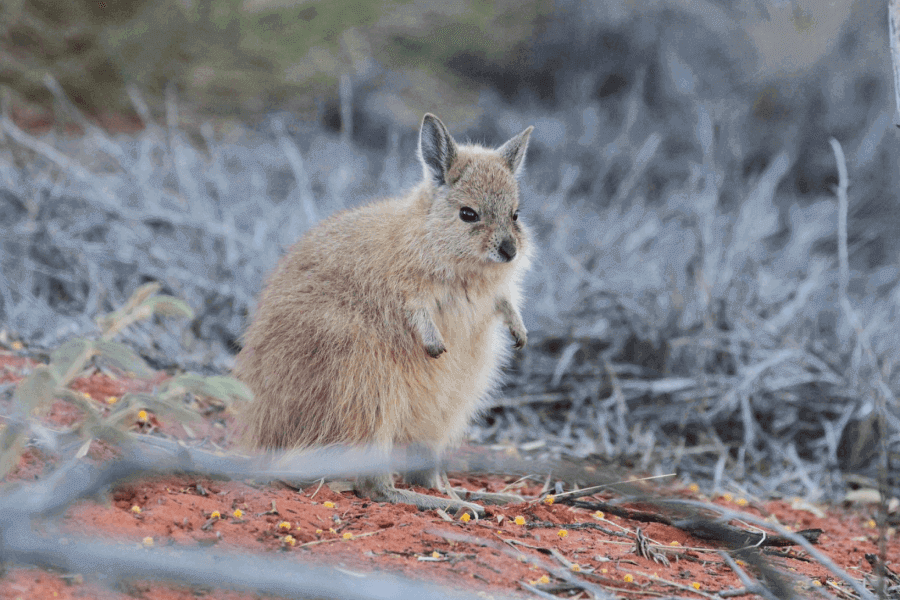The Rufous Hare-Wallaby IELTS Reading Answers with Explanation
Luyện tập đề IELTS Reading Practice với passage The Rufous Hare-Wallaby được lấy từ cuốn sách IELTS Practice Test Plus 3 - Test 3 - Passage 1 với trải nghiệm thi IELTS trên máy và giải thích đáp án chi tiết bằng Linearthinking, kèm list từ vựng IELTS cần học trong bài đọc.
📖 Bài đọc (reading passage)
❓ Câu hỏi (questions)
🔥 Answer key (đáp án và giải thích)
Giải thích chi tiết
 Hiểu câu hỏi: Distant past: total population of up to _____ in desert and semi-desert regions.
Hiểu câu hỏi: Distant past: total population of up to _____ in desert and semi-desert regions.
=> Đáp án là một con số - chỉ dân số của loài mala
 Áp dụng Linearthinking để nắm main idea:
Áp dụng Linearthinking để nắm main idea:
At one time , there may have been as many as ten million of these little animals across the arid and semi-arid landscape
=> Dù không biết 'arid' là gì, ta vẫn đoán được nó giống với 'desert' dựa vào tiền tố 'semi-'


